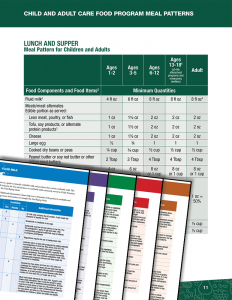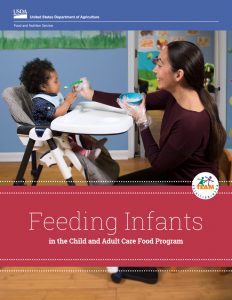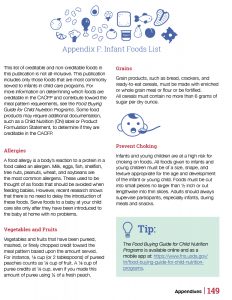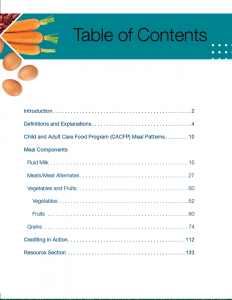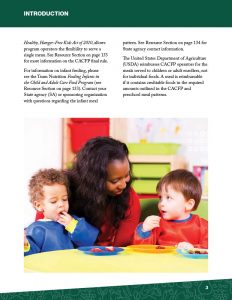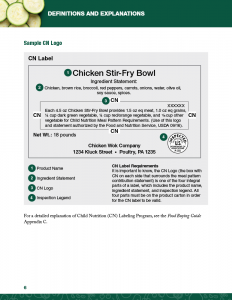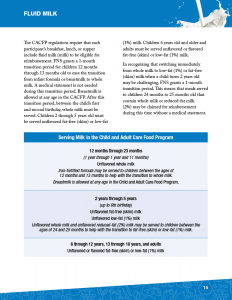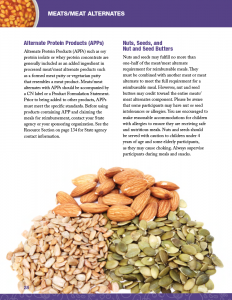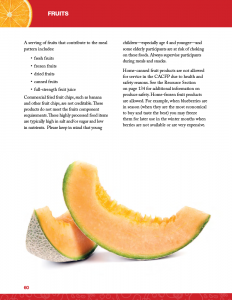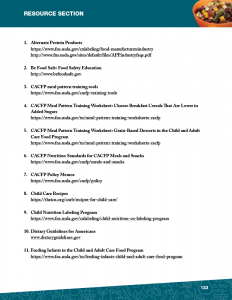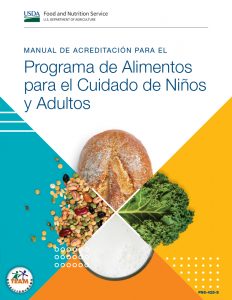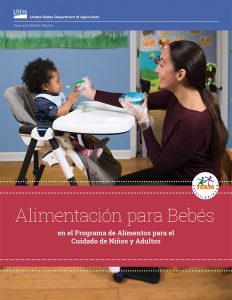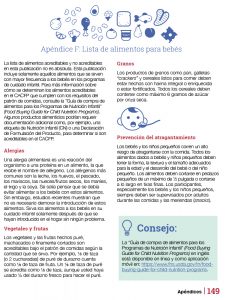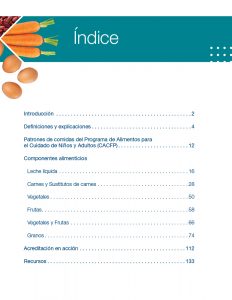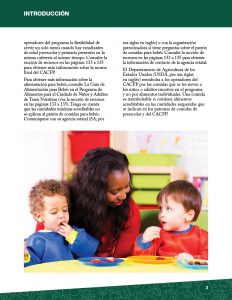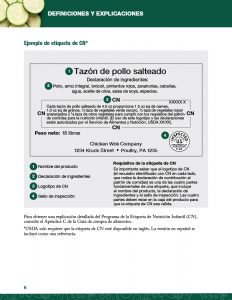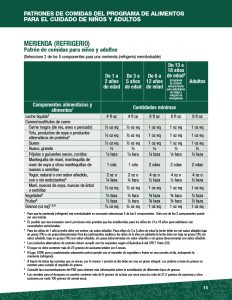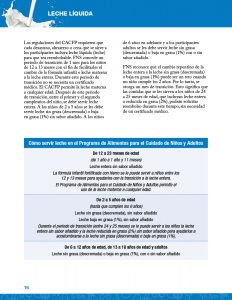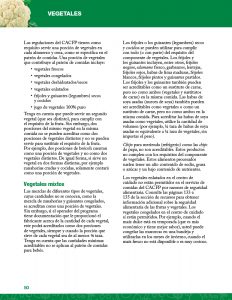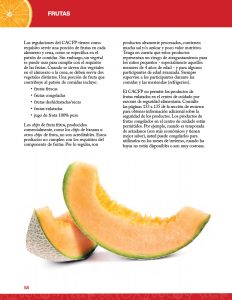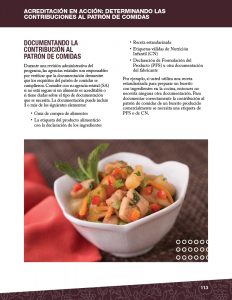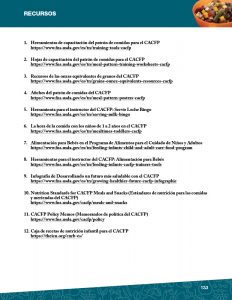The question we hear the most is:
"Is it creditable?"
Creditable foods: Foods that may be counted toward meeting the meal pattern requirements for a reimbursable meal. They are or they contain creditable foods as listed in the FBG; They are in compliance with regulations governing the Child Nutrition Programs (in quantity requirements and/or by definition); They are in compliance with the U.S. Food and Drug Administration’s (FDA) Standards of Identity; They are in compliance with USDA’s standards for meat and meat products (if applicable); and They are in compliance with administrative policy decisions on the crediting of popular foods.
Noncreditable foods: Foods that do not count toward meeting meal pattern requirements because they do not meet criteria. Nevertheless, noncreditable foods often supply additional nutrients and calories that help meet the energy and nutritional needs of participants. For example, the service of a protein-rich food (such as eggs) at breakfast is not allowed for all five days of the week, but it contributes additional nutrients, improves the acceptability of meals, and satisfies appetites.
The United States Department of Agriculture (USDA) reimburses child and adult care centers, family day care home sponsors, at-risk after school snack programs, and homeless shelters participating in the CACFP for the meals served to young children or adult enrollees, not for individual foods. A meal is reimbursable if it contains those creditable foods in the amounts outlined in the CACFP meal patterns.
The Food Buying Guide for Child Nutrition Programs (FBG) is the principal tool with which to determine the contribution that foods make toward meal requirements regardless if foods are produced on site or purchased commercially. The Crediting Handbook below, available both in its full form and broken up into parts, is a supplementary resource with additional information on creditable foods in child and adult care centers, outside-school-hours care centers, and family day care homes.
If you're serving infants, please refer to the Feeding Infants Guide and Appendix F: Infant Foods List.


